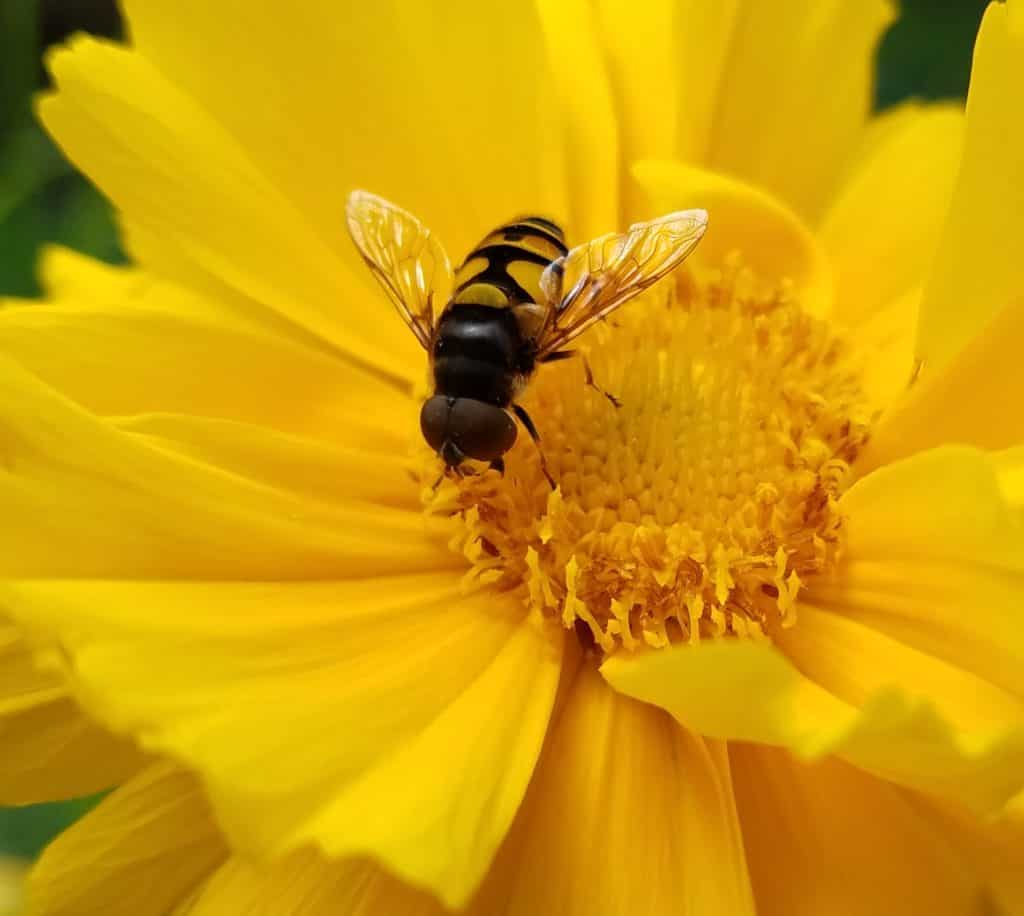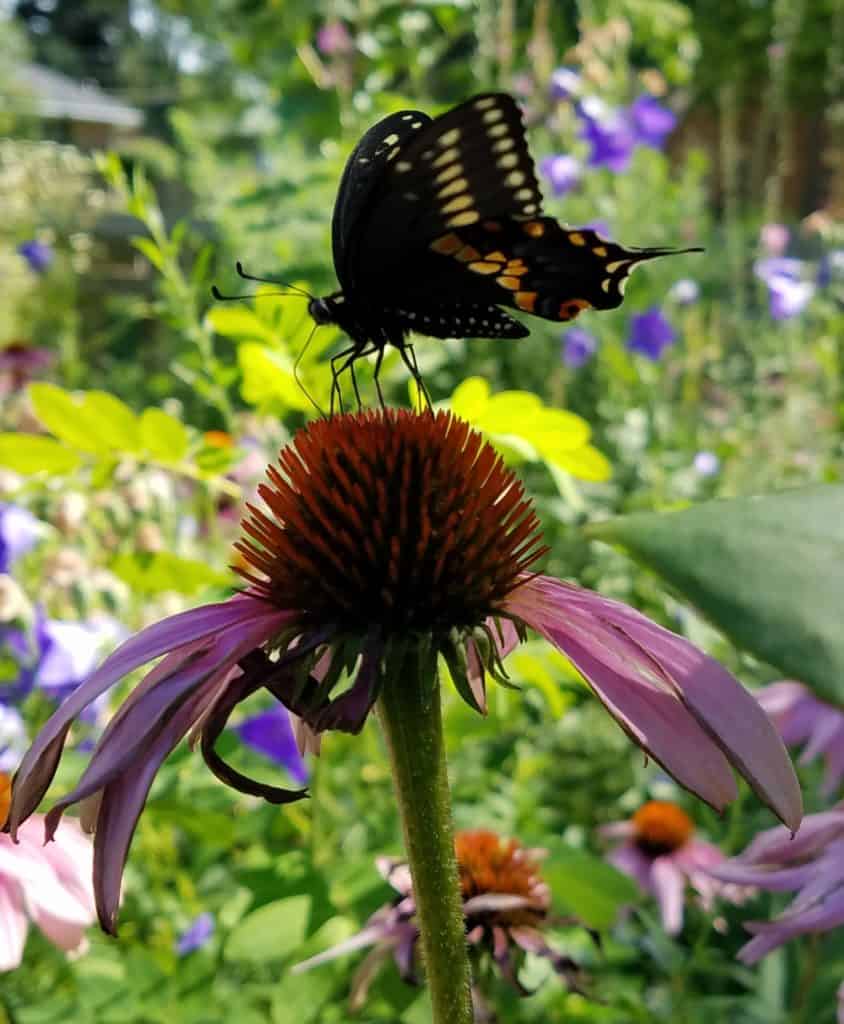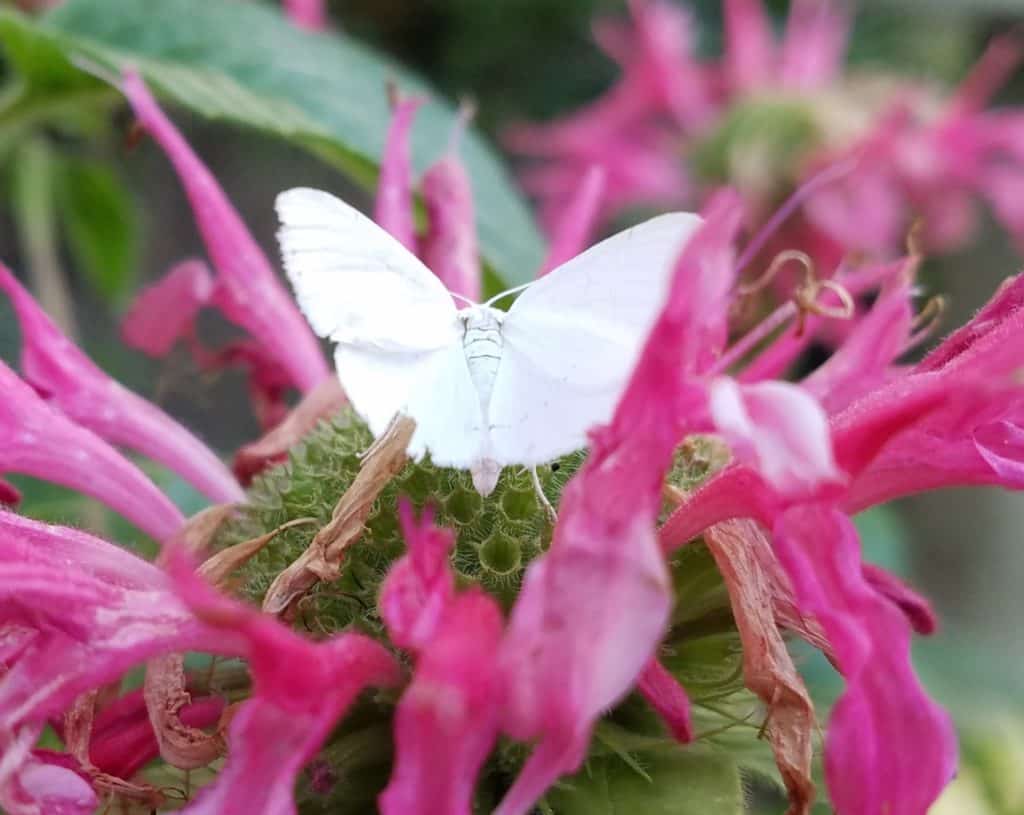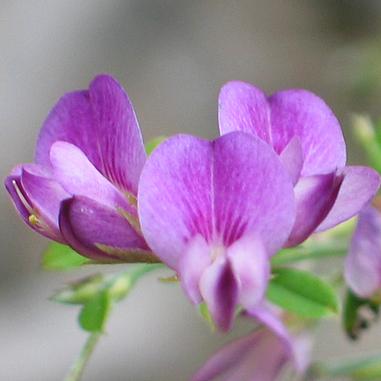
Like a thousand tiny lanterns flickering here and there amongst the fading light, the Fireflies made a rousing return to the evening landscape. Their debut seemed celebratory as if welcoming the Summer Solstice, which officially arrives on Saturday.

Hot on Summer’s heels, we also welcome and celebrate National Pollinator Week, which begins Monday. It’s a wonderful time to revisit the importance of pollinators and how best to support them.

Pollinators include birds, bees, butterflies, bats and some moths and wasps. In addition to offering a diverse pallet of pollinator-friendly plants, including native species, that provide continual blooms from Spring to Fall, it’s also important to employ garden management tactics that help support them:
- Consider adding “host” plants, which pollinators will use to lay and feed their young. Check out specific plants for specific hosts. Generally speaking, native plants are the best option for a myriad of reasons, and support some 225 different variety of native bees.
- If possible, eliminate the use of pesticides, and be willing to accept some insect damage to some plants. If pesticides must be used, look to less toxic varieties, and use in the evening when pollinators are less active.
- Leave bare patches of earth where ground nesting bees can shelter.
- Add non-flowering plants, including trees, shrubs, and grasses that provide nesting and overwintering habitats.
- Provide fresh water and replenish often to prevent breeding grounds for mosquitoes.
- If and when possible, leave downed logs, stems, and leaf litter for additional nesting and overwintering sites. Additionally, consider not cutting back perennials in the Fall for the very same reasons.

I realize the above management practices may not be terribly realistic for all home gardeners, so keep in mind creating and maintaining balance between beauty, sanity and the support of pollinators and wildlife should be the goal, and is absolutely attainable! Feel free to reach out to Sweeney’s for more information on creating and maintaining a pollinator-friendly landscape.
Plant of the Week

Violet Bush Clover
Pink, pea-like flowers bloom on finely branched stems amongst clover-like foliage July – September. Prefers sun to partial shade, and dry soil. Grows 18-24″ tall and 18-24″ wide. Attracts pollinators, butterflies, and wildlife.
“The hum of bees is the voice of the garden.”
-Elizabeth Lawrence
Well wishes,
Kim Sweeney
